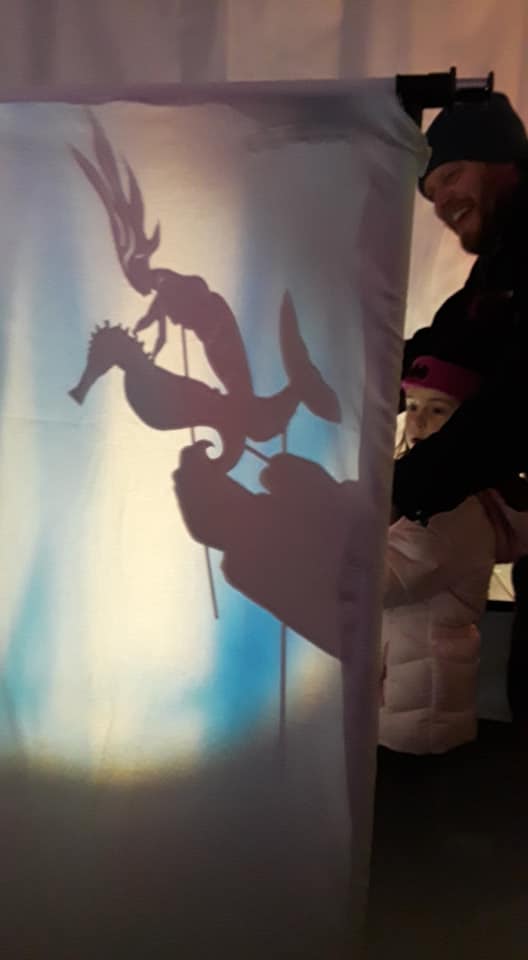

It’s been a tremendous challenge for visual artists to cover various aspects of the urbanization systemically while telling people’s real stories compellingly.īased on our experiments in new media and a long-term passion in folk art traditions, we decided to utilize virtual reality and augmented reality platforms that could effectively integrate realistic imagery with Chinese shadow play motifs for storytelling.Īlex-Tell me about the history of shadow play as a medium, and why you decided to use this format to tell the story of urbanization in China? So we formally started the project in 2014. It really made us wonder how the physical and cultural landscape in both rural and urban areas would be altered, and how people’s everyday lives would be impacted. But the most drastic transformation didn’t begin until 2013, when the country’s leadership unveiled its plan to integrate 70% of its population into cities. Since the early 1990s, we have witnessed rapid changes in the world’s most populous country that has been essentially agrarian throughout its millennial history. Meanwhile, our living in China for three decades has provided the foundation for the project research that investigates the historic transformation from agrarian to urban society, or, the industrialization process unfolding at warp speed. Lily & Honglei- Shadow Play is a project that allows us to explore new relationships between artistic form and narrative, as well as traditional media and digital technology.

Lily & Honglei spoke to us about the transformation they have witnessed in China and the history of shadow play.Īlex-Can you describe the project, and how you started working on it?


 0 kommentar(er)
0 kommentar(er)
